In the mineral processing plant, the transportation of bulk material needs to consume a lot of energy. It is very necessary to set up the material transfer station reasonably. It is often necessary to set up the necessary transport station before the belt conveyor, so as to realize the normal delivery of the material. The corridor is set up above the conveyor to close the conveyors, it is also important to design.
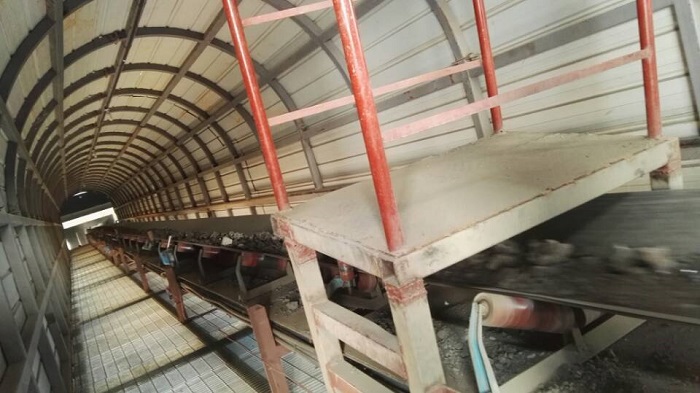
Type of transport station
The transfer station of the beneficiation plant adopts two layers of layout plan. According to the different direction of the transfer of the two conveyers, it can be divided into two kinds of same direction and vertical direction. In the vertical direction of the rotation angle 90°, there are two kinds of powder ore funnel and non powdered ore funnel. Generally, there are three types of common types, see Figure 1.
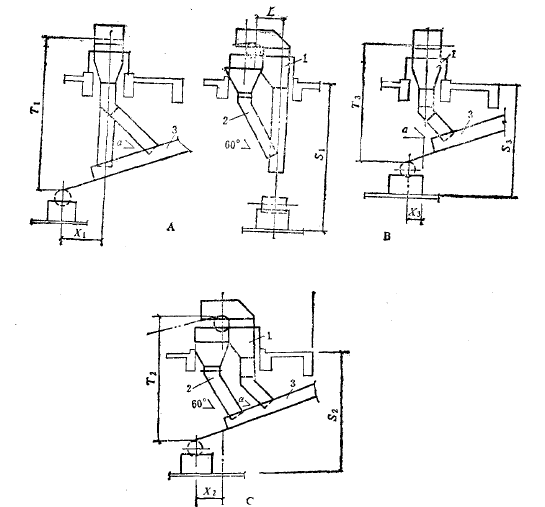
Fig1.Layout of the transfer station
1. ore funnel, 2. pulverized ore funnel, 3. hurdles
The A configuration needs larger difference and less use in design. When conditions permit, the ore hopper and the powder funnel can be combined into a bucket. The elbow of the ore hopper generally has 45 degrees, 50 degrees and 60 degrees, and is selected according to the size of the ore.
In the case of the small difference in the total distribution, it can be configured as a single layer transport station, and the large area concrete floor is cancelled to the local operating platform of the metal structure, but the related dimensions must be calculated in detail.A
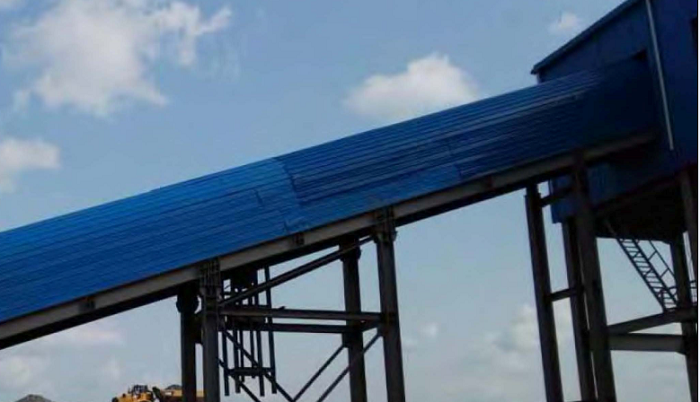
Key points of transfer station configuration
1) The material in the transportation should be transported to the center line of the conveyor, so as to avoid the deviation of the belt due to partial load. If the layout is difficult, additional material position adjustment board can be added for adjustment.
2) In the transfer station, we should minimize the height difference between the head and tail wheel configuration, for example, there are more minerals and larger water content in the material, so we can use special mechanical cleaners or vibrators.
3) In the rear of the conveyor tail wheel in the transfer station, a certain width must be retained. The position of the wall and door should be adapted to the tail wheel to facilitate the installation and replacement of the tape and the cleaning.
4) There should be flushing facilities on the surface of the inland area. When the transfer station is on the ground, there should be sewage facilities and equipment. When the terrain is allowed, we try to use the self flow way.
5) The transfer stations must be equipped with ventilation, dust removal, dashboard and other areas. There is generally no operation room.
6)The transfer station usually has a monorail crane with more than 3-4 units. The electric single beam crane is set up. For the convenience of maintenance and installation, installation holes or installation doors should be installed in the station, as shown in Figure 2.
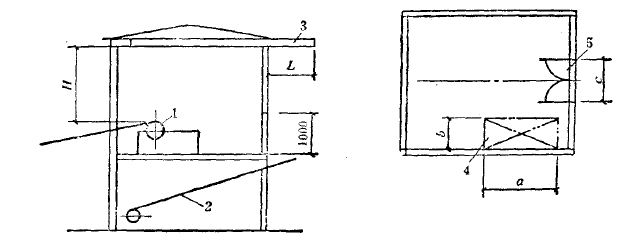
Fig2. Transfer station installation door, hole and lifting beam location
1. Incoming belt conveyor, the 2. belt conveyor 3. lifting beam, 4. installation hole, 5. installation door.
Belt conveyor corridor configuration
1) The structure of the belt conveyor corridor should be determined according to the weather conditions such as rain, snow and wind. The closed structure is mostly used in the north, and the south is able to adopt a light structure with a half wall type guard against the rain shed according to the regional conditions. For some long distance belt conveyors, under the conditions of climatic conditions, small protective cover can be considered, and the outer and outer roofs should be abolished
2) The closed corridor should be equipped with sewage and flushing facilities. A certain slope or subsection of the flushing point should be designed for the relatively long Tong Lang to make the sewage discharged to the recovery system (such as the sedimentation tank, thickener and so on).
3) Underground waterproofing measures should be taken to prevent the profile, surface and groundwater infiltration gallery, so as not to affect the normal operation of belt conveyor in the rainy season. Water collecting pit and sewage pump should be set up at the tail end of the dredge. Self draining emission should be taken when the self flow condition is discharged, so as to ensure the smooth drainage system.
4) Underground gallery and surface junction should set a for maintenance personnel acces
5) In order to facilitate accident handling and equipment maintenance, electric (line), water pipes and pressure pipes should not be arranged on both sides of the conveyor frame. The specific location is shown in figures 3 and 4.
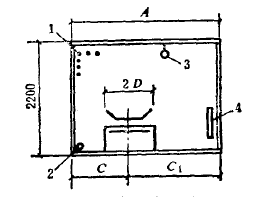
Fig3. Schematic diagram of belt conveyor corridor section
1.the cable line 2. water pipe, 3. dust-proof lamp 4. heating device.
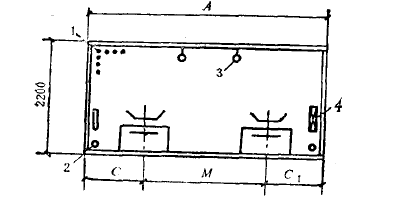
Fig4. Two belt conveyors corridor section diagram
1.the cable line 2. water pipe, 3. dust-proof lamp 4. heating device.
Transshipment Station in the same direction
Fig. 5 shows the configuration example of multiplebelt conveyors configured at the same transfer station. The main feature is that the first wheel and tail wheel of the conveyor and the heavy hammer type tightening device form a compact unit, and a common maintenance crane is shared, and the operation and maintenance are convenient.
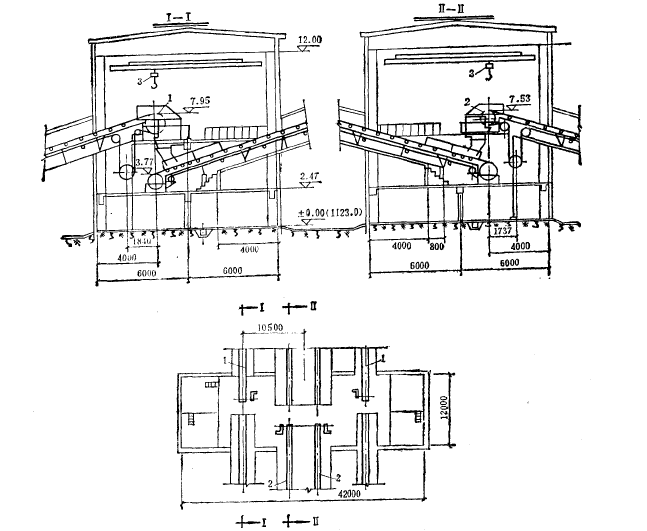
Fig5. Configuration diagram for the same direction transfer station
1.belt conveyor, 2. belt conveyor, 3.2t crane
A mixed arrangement transfer station with the same direction and the vertical angle
Fig. 6 shows the configuration of three conveyors and two conveyor respectively. The 1 is the 1000mm wide belt conveyor, the 2 is the 1200mm wide belt conveyor, the final product is transported and the two products are merged into the silo. The main feature is the better connection between the head and tail of the two sets of conveyer which is reloaded, the tail wheel and the modified roller and the tightening weight hammer form a whole, which reduces the bending point of the belt and increases the life of the belt.
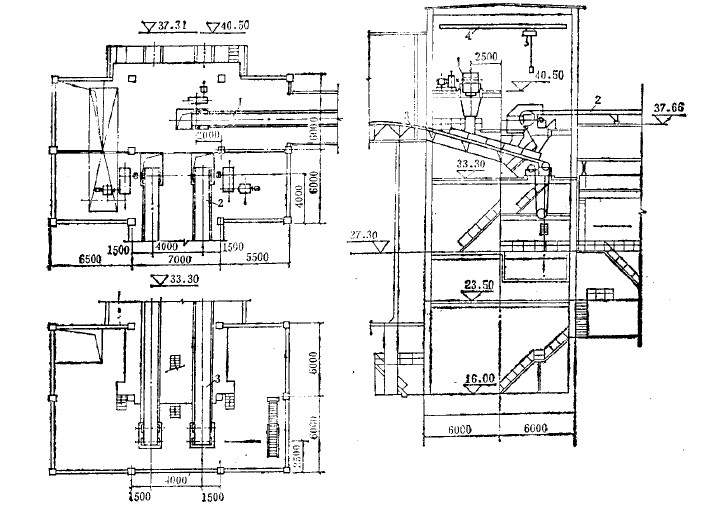
Fig6. Layout diagram of the mixed transfer station with the same direction and the angle
1.B1000 belt conveyor, 2.B1200 belt conveyor, 3. belt conveyor, 4.2t Hanging crane